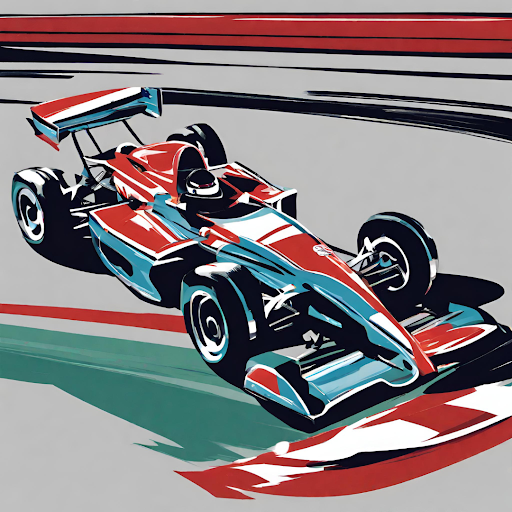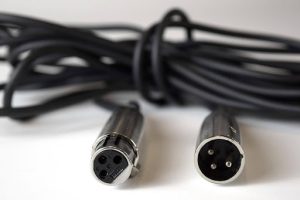Upgrading Your Virtual Racing Hub Setup: From Basic to Pro

Virtual racing has evolved into a sophisticated and immersive experience, and for enthusiasts looking to take their racing setup to the next level, upgrading key components like wheels, bases, and racing cockpits is essential. This step-by-step guide will explore transforming a basic racing setup into a professional-grade configuration, focusing on high-quality equipment. Whether in India or elsewhere, these upgrades will elevate your virtual racing experience.
Step 1: Choosing the Right Racing Wheel
The foundation of any pro racing setup starts with the wheel. Invest in a high-quality racing wheel with precision, force feedback, and durability. Brands like Logitech, Thrustmaster, and Fanatec provide a range of wheels suitable for different budgets and preferences. Consider factors such as rotation angle, force feedback strength, and compatibility with your gaming platform.
Step 2: Upgrading the Base
The racing wheelbase is the core component for transmitting force feedback and ensuring a realistic driving feel. Upgrading to a more advanced base can significantly enhance your overall racing experience. Look for direct drive wheelbases that provide superior force feedback and responsiveness. Brands like Fanatec and Simucube offer advanced bases that cater to pro-level sim racers.
Step 3: Investing in a Quality Cockpit
A sturdy and adjustable cockpit is crucial for comfort and realism. Upgrading to a professional-grade cockpit provides a stable platform for your wheels and pedals while allowing you to fine-tune your seating position. Brands like Virtual Racing Hub, Playseat, Next Level Racing, and Sim-Lab offer cockpits suitable for various budgets and space requirements. Look for features like adjustable seating, compatibility with different wheel and pedal setups, and ease of customization.
Step 4: Enhancing Pedals and Shifters
To complete your pro racing setup, consider upgrading your pedals and shifter. High-quality pedals with realistic feedback and a load cell brake pedal can significantly impact your racing precision. Brands like Heusinkveld and Fanatec offer advanced pedal sets that replicate the feel of a real racing car. Additionally, a sequential or H-pattern shifter adds an extra layer of immersion for those who enjoy manual gear changes.
Step 5: Fine-tuning and Calibration
Once you’ve assembled your upgraded components, fine-tune and calibrate each element. Adjust force feedback settings, pedal sensitivity, and seating position to match your preferences. Most high-end racing wheels come with customization software, allowing you to tailor the setup to your liking.
Step 6: Explore Virtual Reality (VR) Integration
Consider integrating virtual reality into your setup for an even more immersive racing experience. VR headsets like Oculus Rift or HTC Vive allow you to enter the driver’s seat and experience the track in three dimensions. Ensure that your racing simulation software supports VR, and invest in a headset that complements your setup for an unparalleled sense of presence.
Step 7: Upgrade to Load Cell Brake Technology
Enhance your braking precision by upgrading to pedals with load cell brake technology. Load cells provide a more realistic brake pedal feel by measuring pressure rather than distance. This upgrade improves braking accuracy and adds an extra layer of realism to your virtual racing experience. Look for pedals from manufacturers like Heusinkveld Engineering or Fanatec that incorporate load cell technology.
Step 8: Consider Sim Racing Software and Online Platforms
Investigate different simulation software options and online racing platforms to maximize your virtual racing experience. Platforms like iRacing, Assetto Corsa Competizione, and rFactor 2 offer realistic physics and a competitive online environment. Joining online racing communities can provide a competitive edge, allowing you to test your skills against other sim racers and participate in organized events.
Step 9: Ensure Compatibility and Future-Proofing
Before finalizing your upgrades, ensure that all components are compatible with each other and your gaming platform. Additionally, consider future-proofing your setup by selecting components compatible with upcoming racing simulations and hardware. This approach ensures that your investment remains relevant as technology evolves in virtual racing.

Conclusion:
In conclusion, upgrading your virtual racing setup to a professional-grade configuration involves a comprehensive approach to selecting high-quality wheels, bases, and cockpits. From the racing wheel to the cockpit and beyond, each component plays a crucial role in enhancing the realism and enjoyment of your virtual racing experience. By following these steps and considering additional elements like VR integration, load cell brake technology, simulation software, and compatibility, you can create a setup that meets and exceeds your expectations for virtual racing excitement. Whether in India or elsewhere, the world of pro-level sim racing awaits.
Table of Contents








